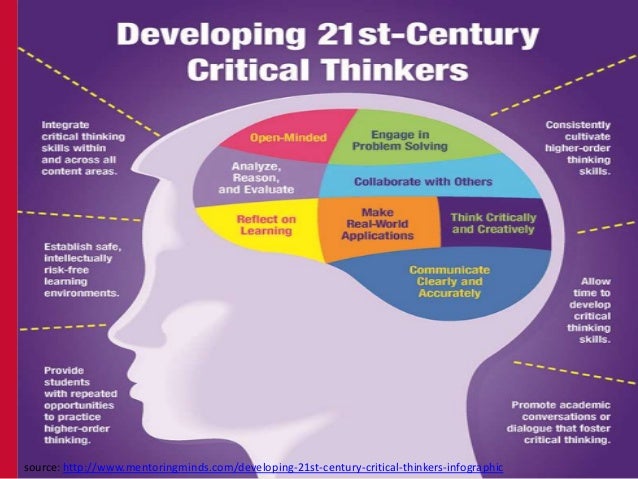I would like to start off by saying that I am so grateful for my time at Siemens this summer. I have learned so much in these few short weeks about gas turbines, steam turbines, and generators. In addition to learning more than I can even remember, everyone that I shadowed and talked to was extremely friendly and willing to take time out of their day to talk with me and show me around.
The most interesting moment happened during my second week there. I was shadowing someone that was head of a department in Generator. They were in the process of taking a generator, which weighs tens of thousands of tons, out of a huge container, that hardens the metal, using a crane. Not only was the crane massive, but the straps that held the generator were also massive. This was also a first-of-its-kind generator. This generator had special cables on it that could not be disrupted during any part of the process. Siemens is a German company, and this type of generator had not been manufactured in America; so, there were Germans that came over just to make sure the Americans did not mess up the cables on this generator. It was a very unique and interesting experience that I will not forget!
My biggest challenge that I have as I walk away from my internship is taking something that is as complex as a gas turbine back into a third grade classroom. I also learned a lot of the processes that occur while manufacturing these turbines and it involves a lot of Chemistry and knowing when to mix Hydrogen, when to pump it full of Nitrogen, etc. which is also hard to bring back to kids that are eight and nine years old.
My biggest takeaway is that we, as educators, need to be teaching our kids how to effectively communicate. This not only involves talking to teach other, but also being an active listener and hearing other peoples’ perspectives. Also, knowing how to give and receive feedback, whether positive or negative; and knowing what an appropriate reaction/response is. Every person that I spoke with at Siemens stressed the importance of communication and that is not something that should be taken lightly.
